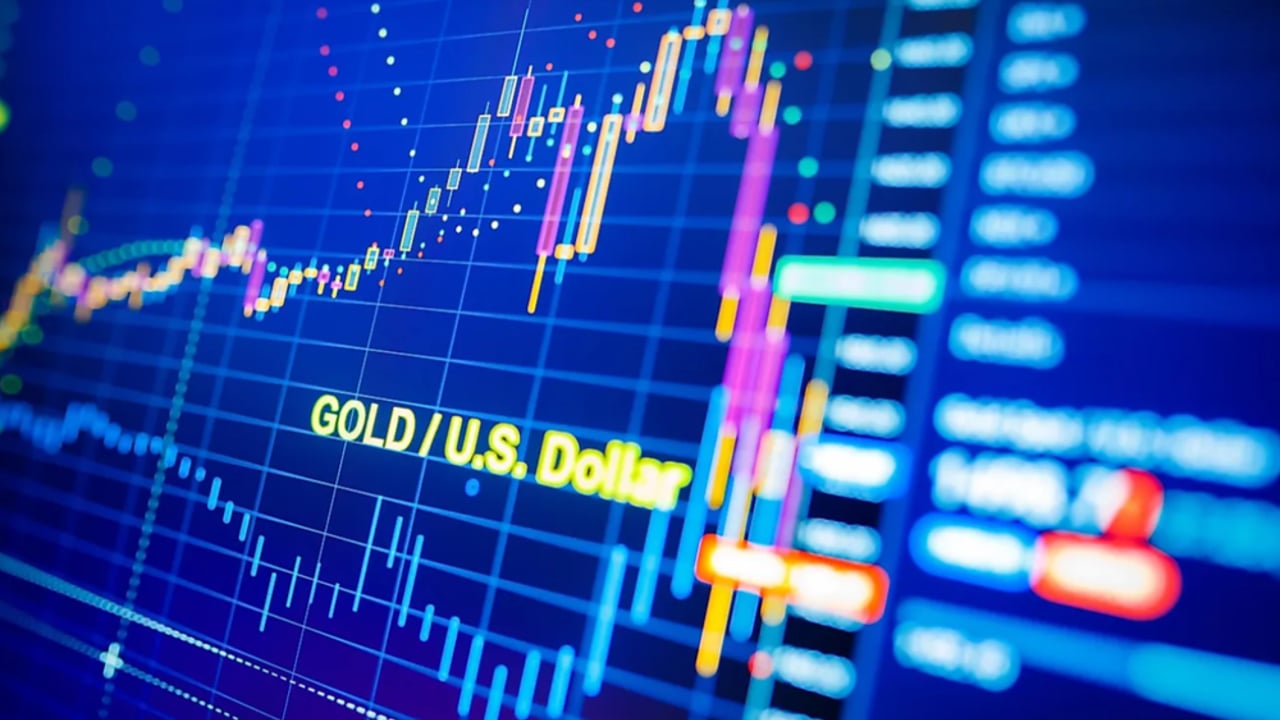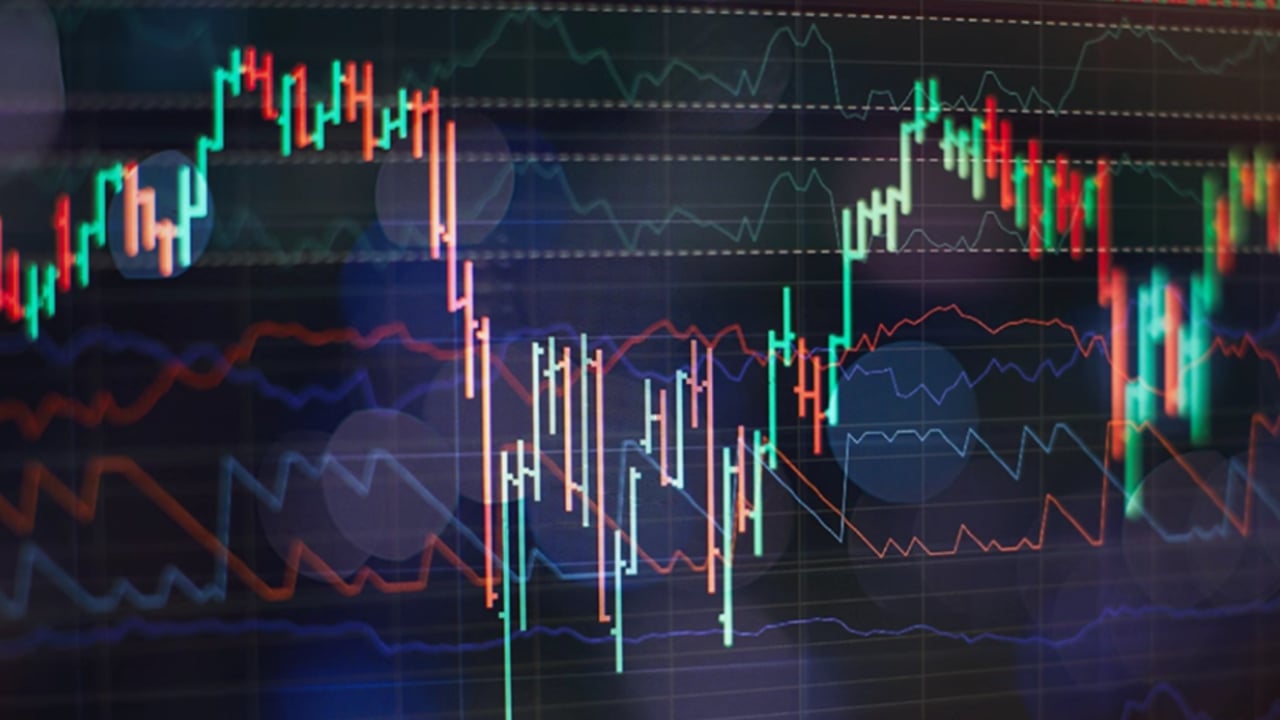Analysis of US Stock Market Volatility
In recent developments, US stocks continue to decline, marking the largest sell-off in months. This trend is underpinned by investor concerns over the potential impact of new tariff threats on the global economy. Market volatility has been a defining feature, as contradictory news about tariffs has led to significant movements in stock prices.
Market Fluctuations and Tariff News
Recent trading sessions have been characterized by increased volatility, driven by mixed signals regarding tariff policies. Despite temporary optimism due to progress in peace negotiations between Ukraine and Russia, stocks have continued to decline. These pronounced market fluctuations raise alarms among analysts and may have long-term implications.

The S&P 500 index saw a significant drop, reaching 5528.41 points. This decline marks a market correction, as the index fell by 10% from its record high of 6144.15 points, recorded on February 19. Investor panic has been exacerbated by President Donald Trump's announcement to double tariffs on Canadian steel and aluminum imports to 50%.
Impact of Trade Policy on the Economy
The latest tariff threats have heightened investor concerns that Trump's trade policies could not only slow economic growth but also potentially lead to a recession. Despite hopes for economic shifts, markets demonstrate signs of vulnerability amid global uncertainty.
Financial Market Losses Overview
1. On Monday, the S&P 500 index lost over $1.3 trillion in market value, marking the most significant drop since December 18.
2. Compared to its recent peak, market losses have been estimated at around $4 trillion.
3. The technology-oriented Nasdaq index also experienced a correction, losing 10% over the past week.

Index Declines and Market Reaction
- Over the last two trading sessions, the S&P index fell by more than 3.4%, marking the steepest decline since early August.
- Markets remain under pressure due to uncertainties regarding the long-term effects of the tariff war.
- Investors are in a wait-and-see mode, reacting to each new political development impacting the economic landscape.
Financial analysts are closely monitoring developments, assessing long-term risks and opportunities for market recovery. At this point, revising trade policy to consider international economic interests could be key to stabilizing the markets.















Comments
This decision could redefine industry standards by integrating smart investment techniques with advanced automation